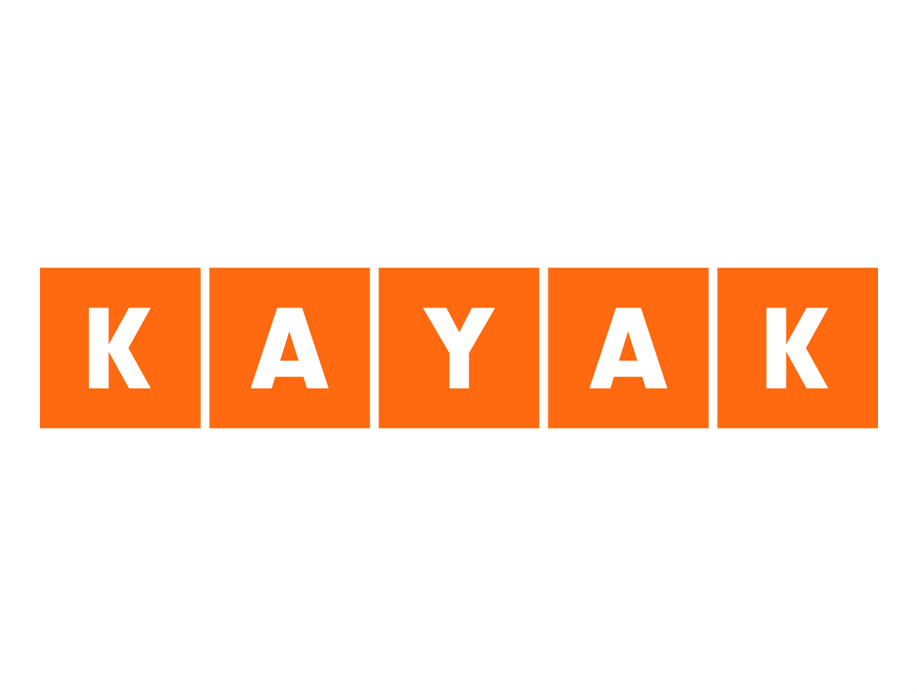
How to get more impact from training
This article explore how to get more impact from training, based on years of experience in designing and delivering training. These ideas apply to in-person training as well as virtual training.
Questions to ask yourself about the training you're looking for
Raise awareness or develop skills?
If you only want people to be aware of an idea, then a seminar style will achieve this. A seminar can be shorter and does not necessarily need interaction between trainer and participants. But if you want your people to use a new skill or change a behaviour, then a workshop style is required. A workshop will need more time or a reduced agenda.
Do the participants have common training needs?
When the participants of a training intervention have common training needs, then conversation, exercises and scenarios can all work for everyone. This increases their impact. The more the group has divers training needs, the more the impact is diluted, as not all the discussions are relevant.
Do the participants recognise they have training needs?
When you have one or more people who think they do not need or want the training provided, this will reduce the impact. This can happen through their not engaging with the training, through to being actively disruptive.
Factors that affect impact
There are a number of factors that can have a direct affect on the impact of training. At ITD we design and deliver training for people in organisations on subjects including communication, management, leadership and more. We’ve been doing this for over 20 years, and the ideas here are based on this experience.
Relevance
The more relevant the content of the training, the more impact it has. We’ve noticed that this relevance isn’t just about what should be relevant, it’s about what actually is relevant. Do the participants recognise they have a training need in this area? Do they want to know about this subject?
Participants
The more homogenous the participant group, the easier it is to have impact for the group. If you have a group of people who do not have things in common, it is much harder to give the training impact for all of them. If the group have either roles or experience in common, it is much easier to create impact.
Another factor, is whether they want to be trained. If you have someone in the group who does not want to be trained, you can spend time trying to win them over, or you could just leave them out. Either way it may have an impact on the training.
Good use of time
Do the participants perceive the training as a good use of their time. If they do the training has a better chnace of having impact.
Content Relevance
The more the content is relevant to the participants’ everyday life, the better the chances of impact. This means not just the general subject, but the small details of case studies and how the behaviour displays in their daily work. How to do the behaviour in their specific role, not just generically.
Style of training
Both in virtual and in-person training sessions, we have noticed that a workshop style is preferred by many people. This means involving and engaging everyone in the group all through the session.
Telling or Sharing
Unless the subject matter is an area where a specific behaviour is required, such as health and safety for example, telling people what to do is not as effective as sharing ideas. We find sharing an idea, applying it to their world and discussing how it might work, is a far more effective way to gain impact with training.
Duration
Training interventions can be too long, just as much as they can be too short. Impact is driven by the training objective balanced with duration possible.
Amount of Content
Having too much content can reduce impact by forcing the agenda to be rushed and not exploring an area fully. When the objective is agreed and the balance of content, learning objectives and style of session established, the impact is easier to predict.
Summary
Careful consideration of all the factors discussed will help to increase the impact of your training. An open discussion with your training provider and asking their opinion on what is being asked for, will help to get it right.
There is not one way to get high impact training, different methods work for different objectives.
Case Studies
The following case studies give a few examples where we’ve noticed the impact has been particularly high. Explore more case studies here.
Participant & Client Reviews
You know you’ve had an impact when you get glowing reviews.
Professional Business Communication Training
The session provided genuinely helpful tips on how to engage with different personality types and offered a deeper understanding of effective communication in a corporate environment. I walked away with some excellent tools and practical pointers to put into practice. The mix of real-life examples and scenario-based exercises really made us reflect on our own communication styles. It was the most engaging and helpful training session I’ve attended. Very engaging and informative, no reading off slides, and the time flew by.
I highly recommend this course to anyone looking to improve their client communication skills.
A truly inclusive, insightful, and empowering training
I recently attended the Working Effectively at Clifford Chance training session and found it to be an incredibly valuable and uplifting experience. One of the standout aspects was the smaller group size, which created a more inclusive environment. Everyone had the opportunity to feel seen, heard, and genuinely included in the discussions.
The session encouraged open dialogue, and participants were free to express their views and share personal experiences without hesitation. This openness was largely thanks to Martin, who facilitated the session with warmth, empathy, and professionalism. Martin fostered a safe and supportive space where people felt comfortable being honest and reflective, which made the session not only informative but also deeply engaging.
Overall, the training was a brilliant example of how thoughtful facilitation and a well-structured format can empower individuals to connect, learn, and grow together. Highly recommended!
Five-star training!
I attended Martin’s session on working effectively in the workplace and you can tell he genuinely cares about the people he is training- he was very interactive throughout, delivered super helpful takeaways (especially relevant in professional settings) and also extended candid advice on how to keep up with an incredibly fast-paced and often times challenging career environment. I highly, highly recommend Martin’s sessions if you have the opportunity to attend them, I am confident you will leave the room with more wisdom.
Bespoke Soft Skills Training for Shipboard Leadership
The Bespoke Soft Skills Training for Shipboard Leadership was very well received. Participants found the sessions engaging, practical, and highly beneficial, with appreciation expressed for the instructor’s time, travel, and expertise.
The interactive discussions and exercises were effective in applying leadership and communication concepts to real shipboard situations. Several attendees noted they could use the material to address challenges with difficult crew members.
Overall, this training was viewed as excellent, relevant, and valuable in enhancing leadership effectiveness and promoting stronger communication across the fleet.
Presenting with Impact Virtually
I recently attended the “Presenting with Impact Virtually” training workshop led by Martin Chapman, and it was a thoroughly engaging and practical experience. Martin’s delivery was professional yet friendly, making the virtual format feel interactive and enjoyable. The session was well-structured, with clear slides and practical examples. I highly recommend his training services for anyone looking to improve their presentation skills in a virtual setting.
Make an Enquiry





